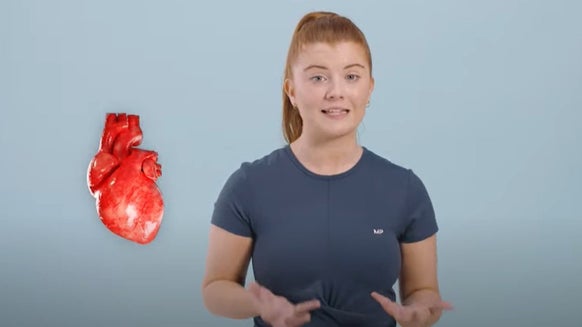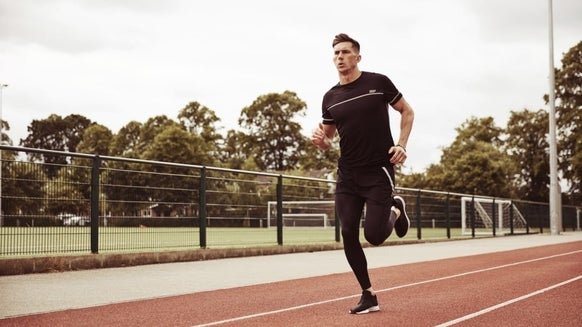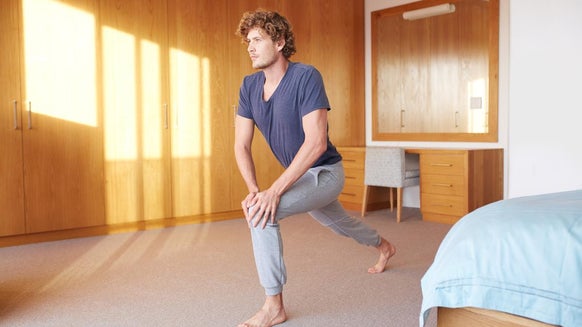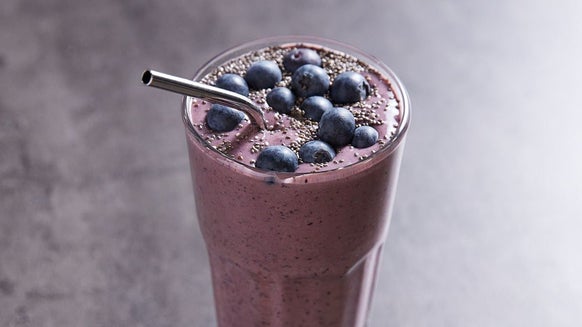Bench Press Technique | Tips For Development
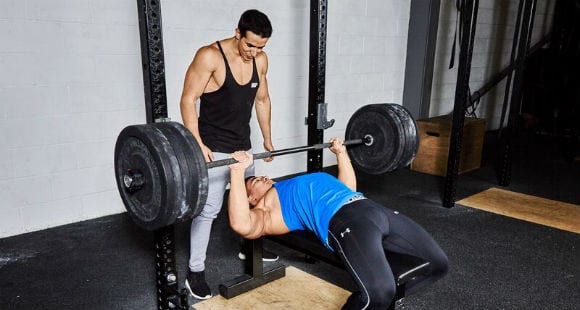
By Sports Rehabilitator Alex Hurley
The bench press is a staple part of many gym fanatics routines and it’s a good way to develop pressing strength and hypertrophy.
However, when it comes to technique, form and muscle intent whether the goal is strength or hypertrophy the technical aspect are miles apart and that is often where people miss the beat.
There are several things we can adapt to ensure you get to where you want to be quicker, and we will cover these variables in the article. Bench to meet your hypertrophy goals.
Getting Started
The first thing I want to get across is what weight to choose. Lets start at base camp, with around 20% - 30% of your 1RM. If your aim is to isolate the pectorals you need to bring the weight right down!
When benching or lifting heavy, your body naturally calls in as many muscles as possible to get that weight shifted. For all the body knows, you're about to get crushed by a giant boulder and it needs to be moved!
So; it recruits pecs, triceps, shoulders, lats, and others to get it shifted. That’s why we need to reduce the weight, to isolate.
Tempo, constant tension and intent
Tempo is the speed at which you execute a given movement and represented by 3 or 4 numbers, for example 4-0-2-0 or 4-0-2. Add those numbers up and after 10 reps that’s 60 seconds of constant time under tension (TUT).

That is also a trick that is often missed, constant tension performed throughout the range of motion, for this you really need to focus on the muscle you are intending to target and keep it in a contracted state.
As you grab the bar just outside of shoulder width, try and force your hands together with the intent to flex your pecs like you're posing in front of the mirror, and flex hard!
Your aim now is to maintain that same tension whilst you lower the bar towards the chest for a 4 second count (4-0-2-0), no pause at the bottom (4-0-2-0), and back up for 2 seconds (4-0-2-0).
Note the tempo and how there is strictly no pausing in between reps, all whilst maintaining that squeeze on the muscle.
If you lock the elbows after each rep you've got the weight sitting on the elbow joint and have released all tension on the muscle and working away from your goal.
Applying this basic principle and being strict will trigger a hypertrophy response and help you build muscle where you want it.
Bar path and elbow position
If you watch a competitive power-lifters or strongmen train bench press, the movement is very different. The aim of the strongman is to move the bar from A to B whilst recruiting as many muscles as possible, including heel drive and bracing the glutes, trunk and lats, and extending from the thoracic vertebrae to reduce the distance the bar needs to travel.
The tension on the bar is also different; strongmen will create torque by twisting outwards hard with their grip (like turning a handle). This further engages the shoulder stabilisers and places the joint into an optimal position.
The outcome: elbows tighter, taking stress off the pecs and the bar will gravitate towards the sternum – the highest point of the chest when in thoracic extension. Perfect for a heavy bench.
For hypertrophy it’s the opposite, the focus in this case is isolation. As you slowly lower the bar let your elbows flare, this will straight away start to put the pecs under tension. Now bring the bar in-between your nipples and neck, (this will depend on mobility).

Changing the path of the bar in this fashion is also known as a guillotine press, or a neck press and can also be done using dumbbells.
It takes the pecs through their full range of motion especially the lengthened/stretched portion of the movement and this is where you’ll achieve hypertrophy.
Bench Press Tips
- Choose the tempo to meet your goal.
- Have intent on contracting the muscle you want to target through its entire range of motion.
- Stick to your tempo and no resting between reps.
- Flare the elbows.
- Start at a lighter weight and build up slowly.
- Lower the bar between your nipples and neck.

